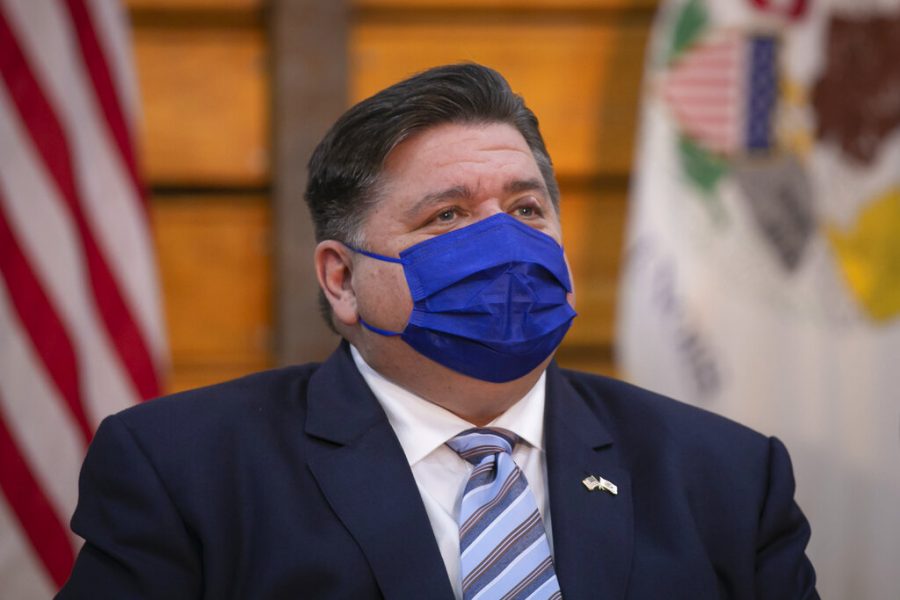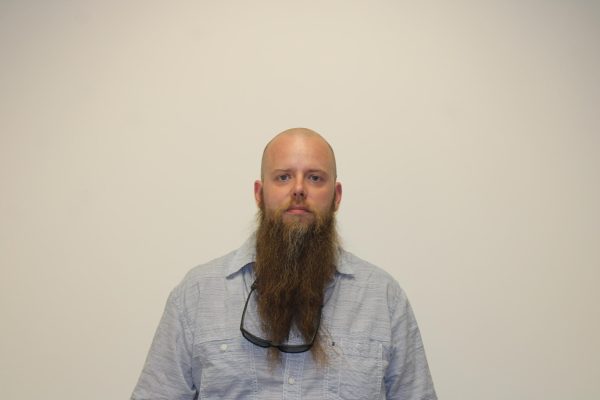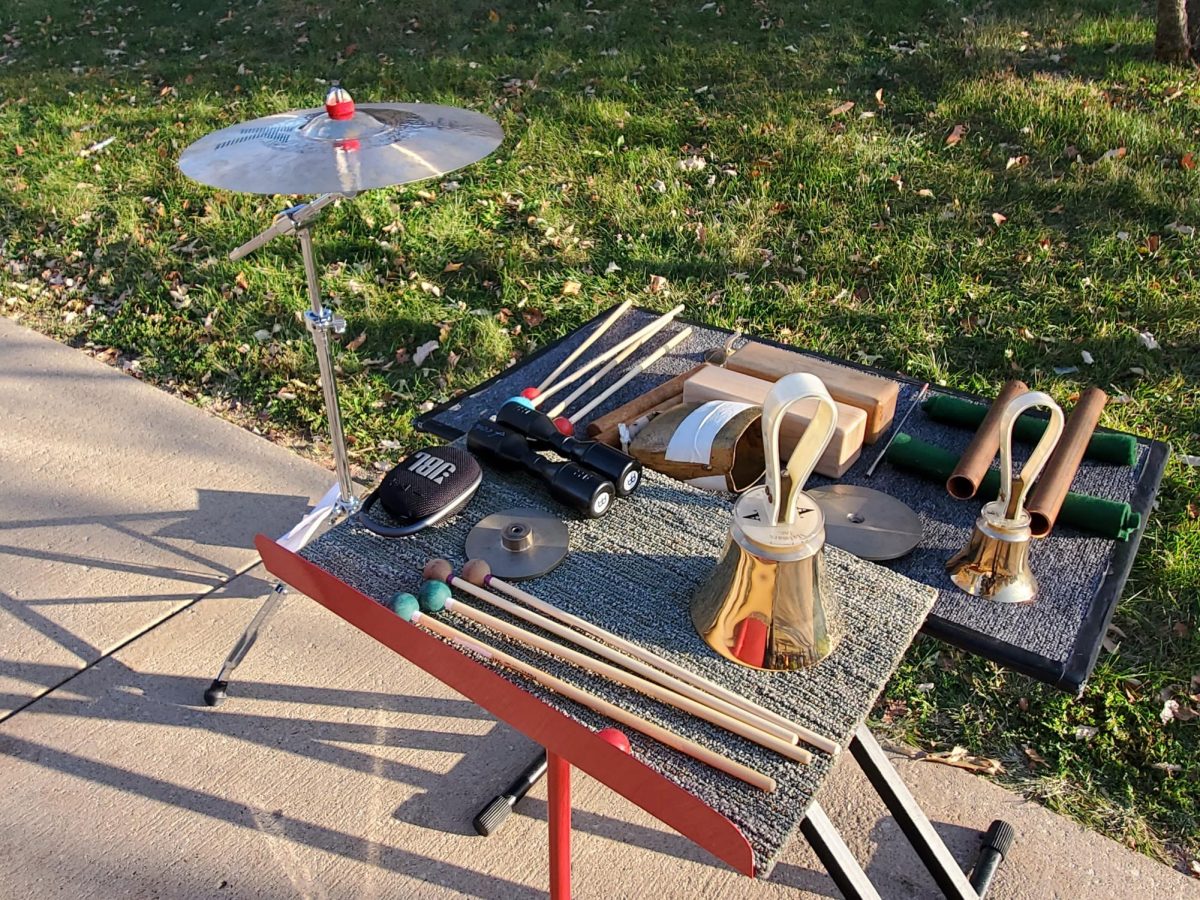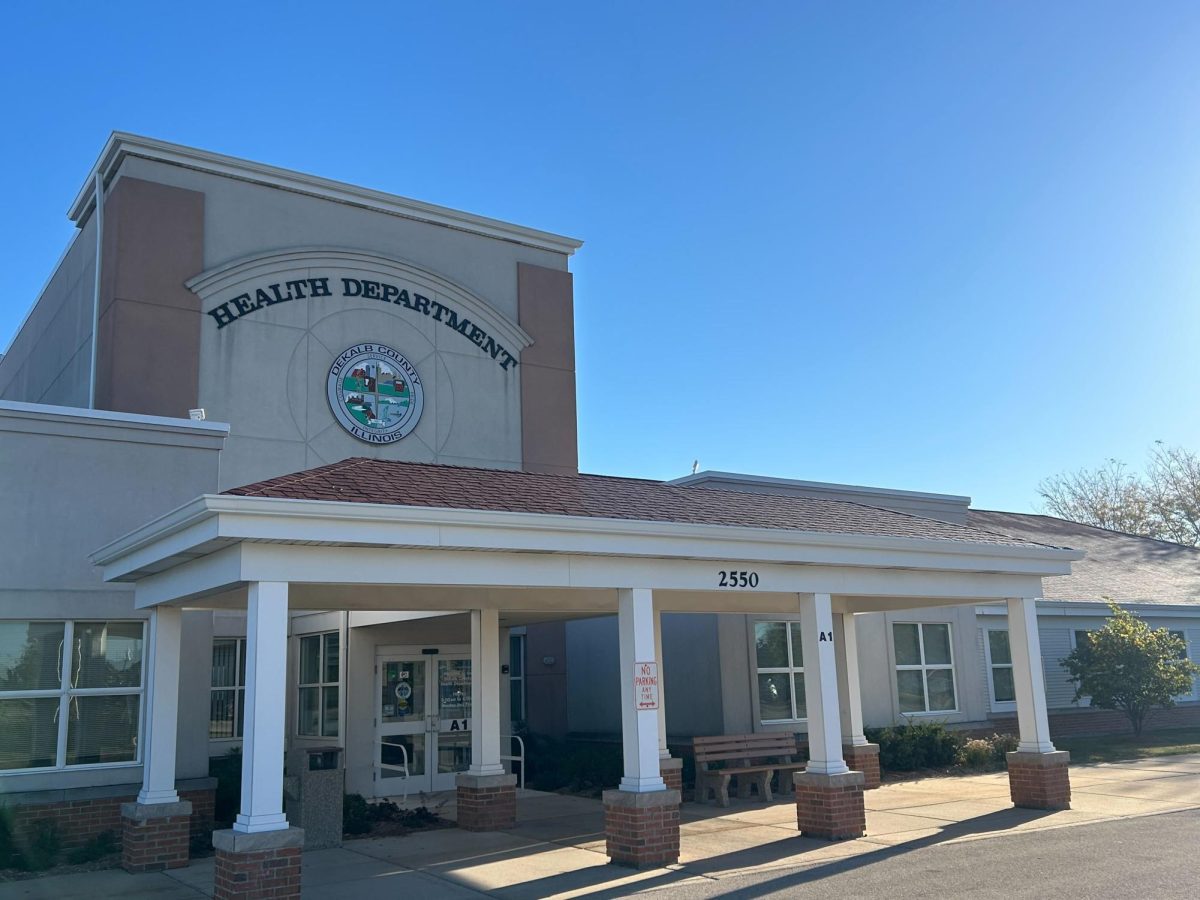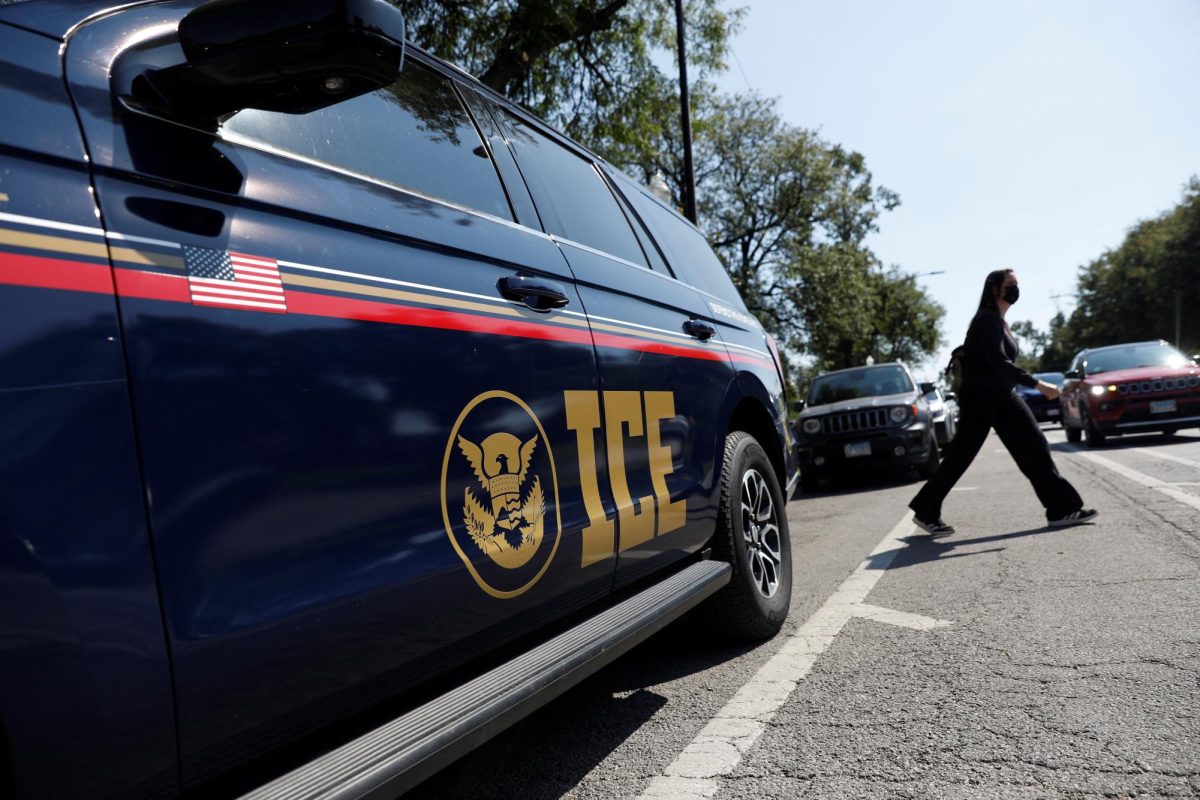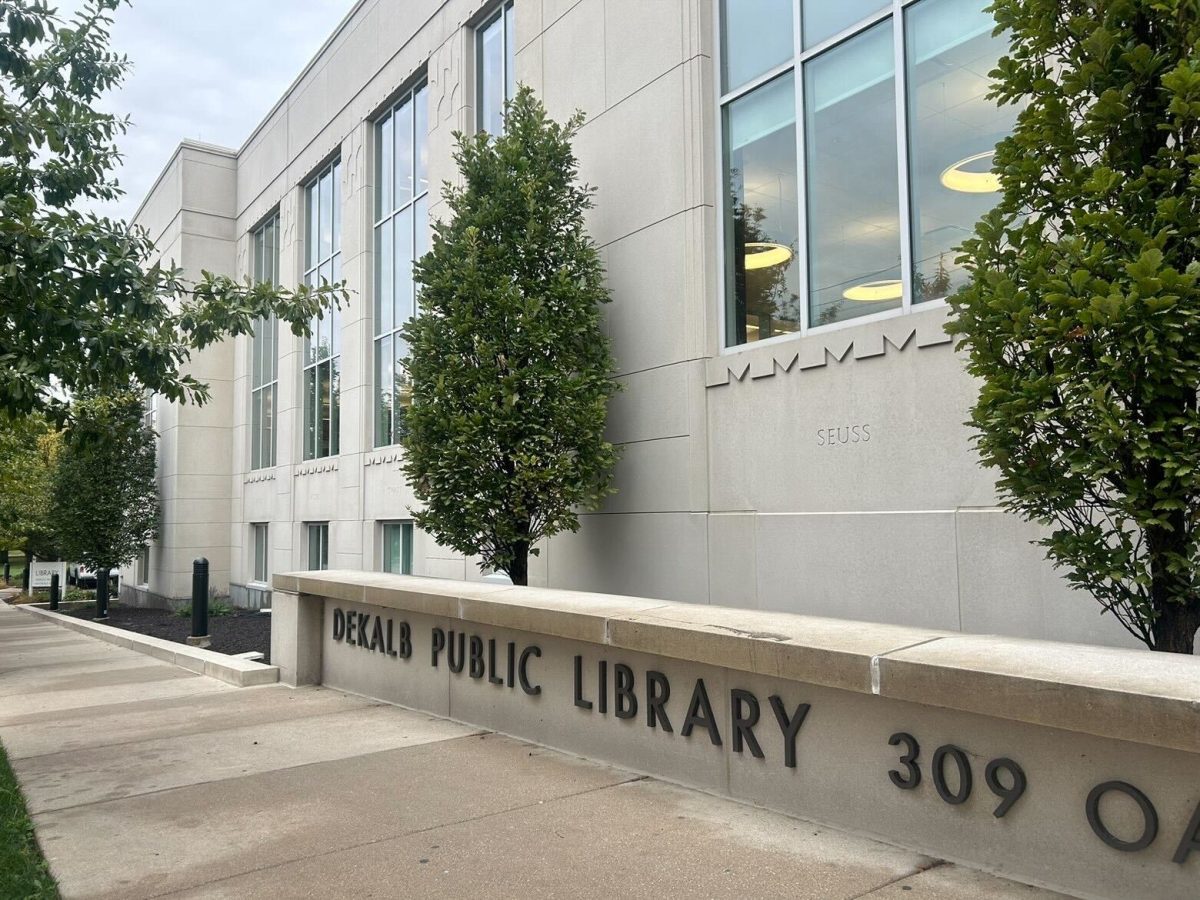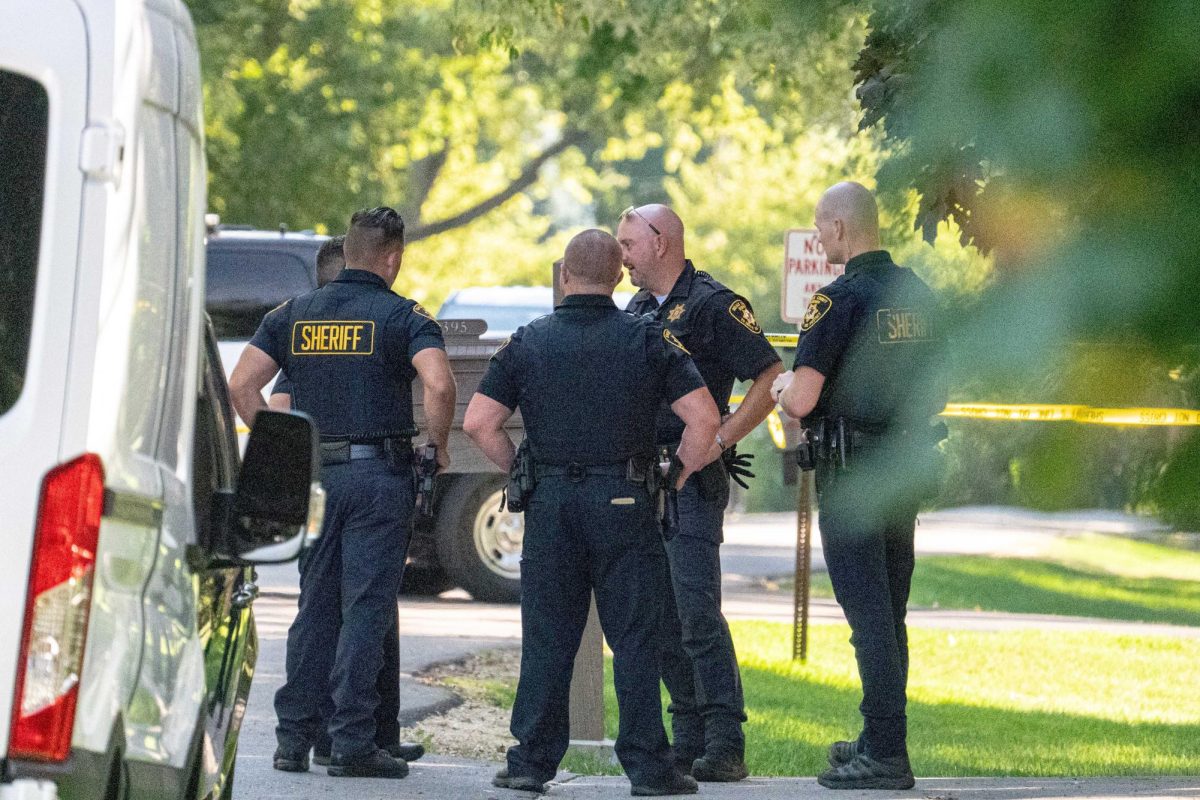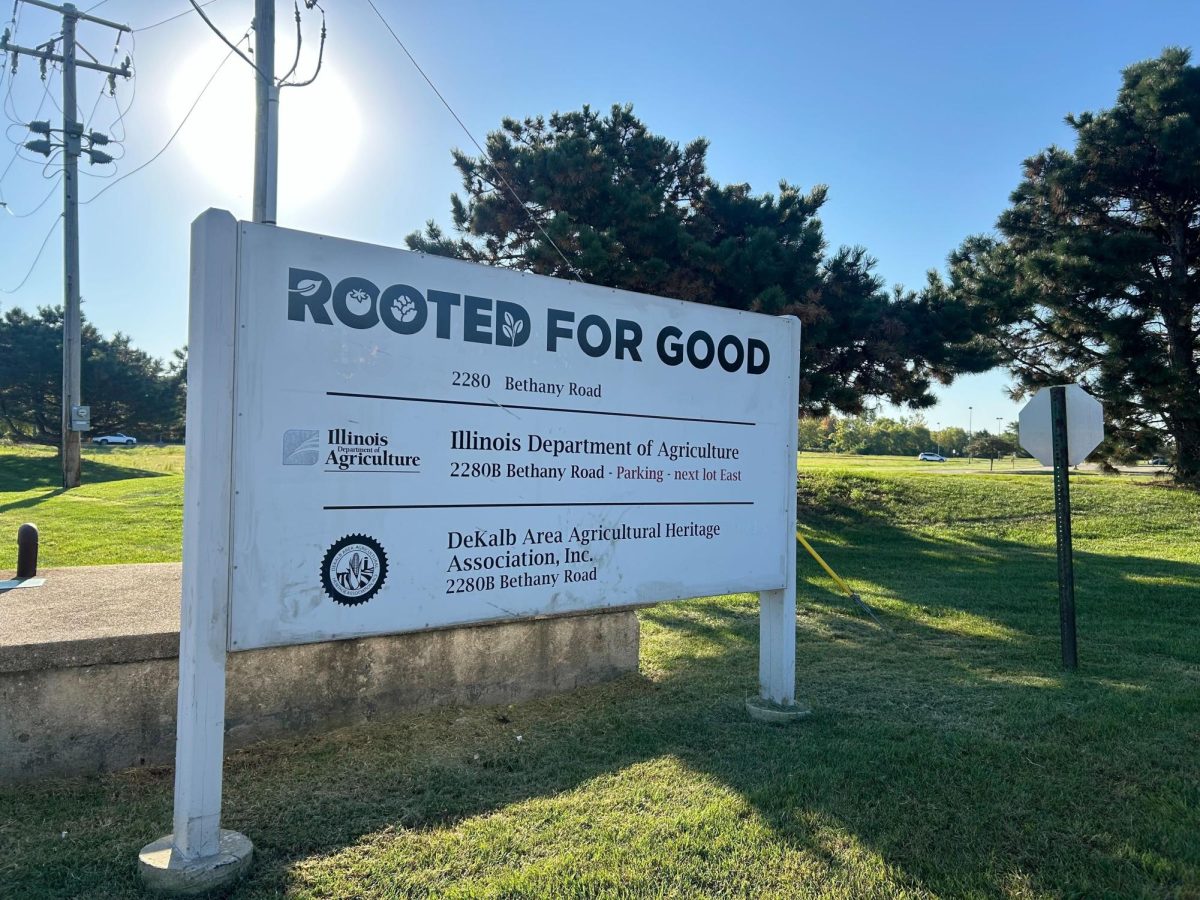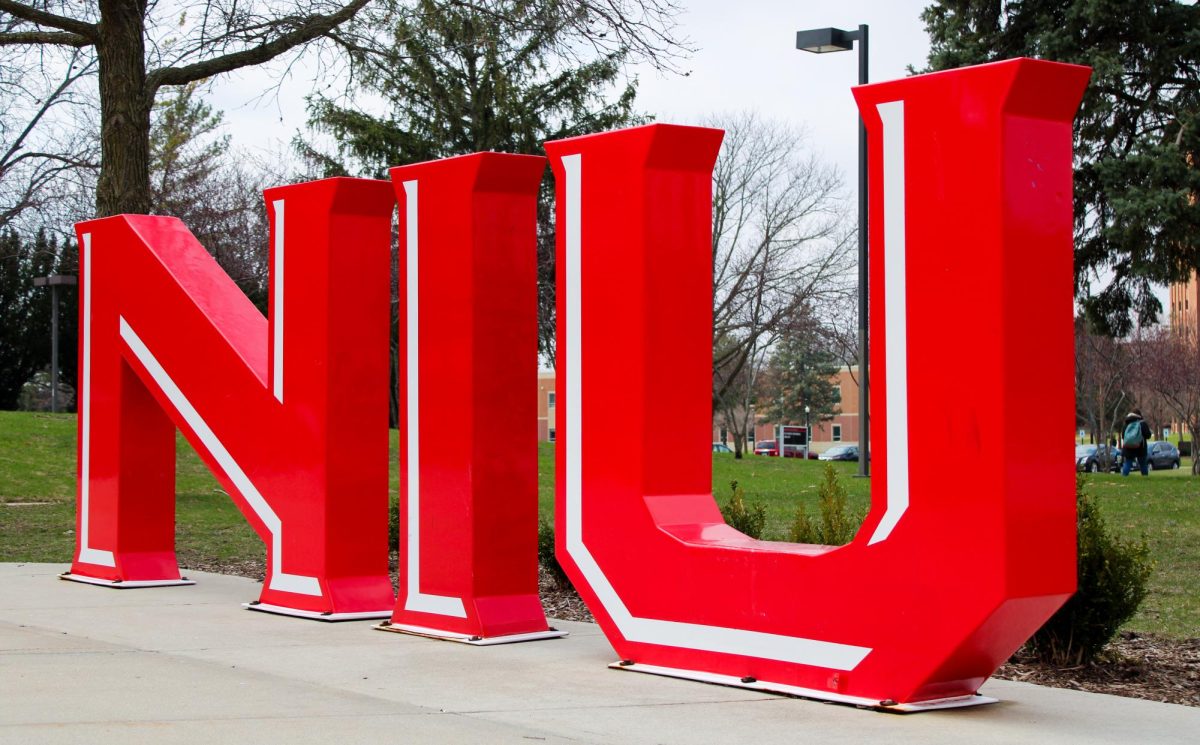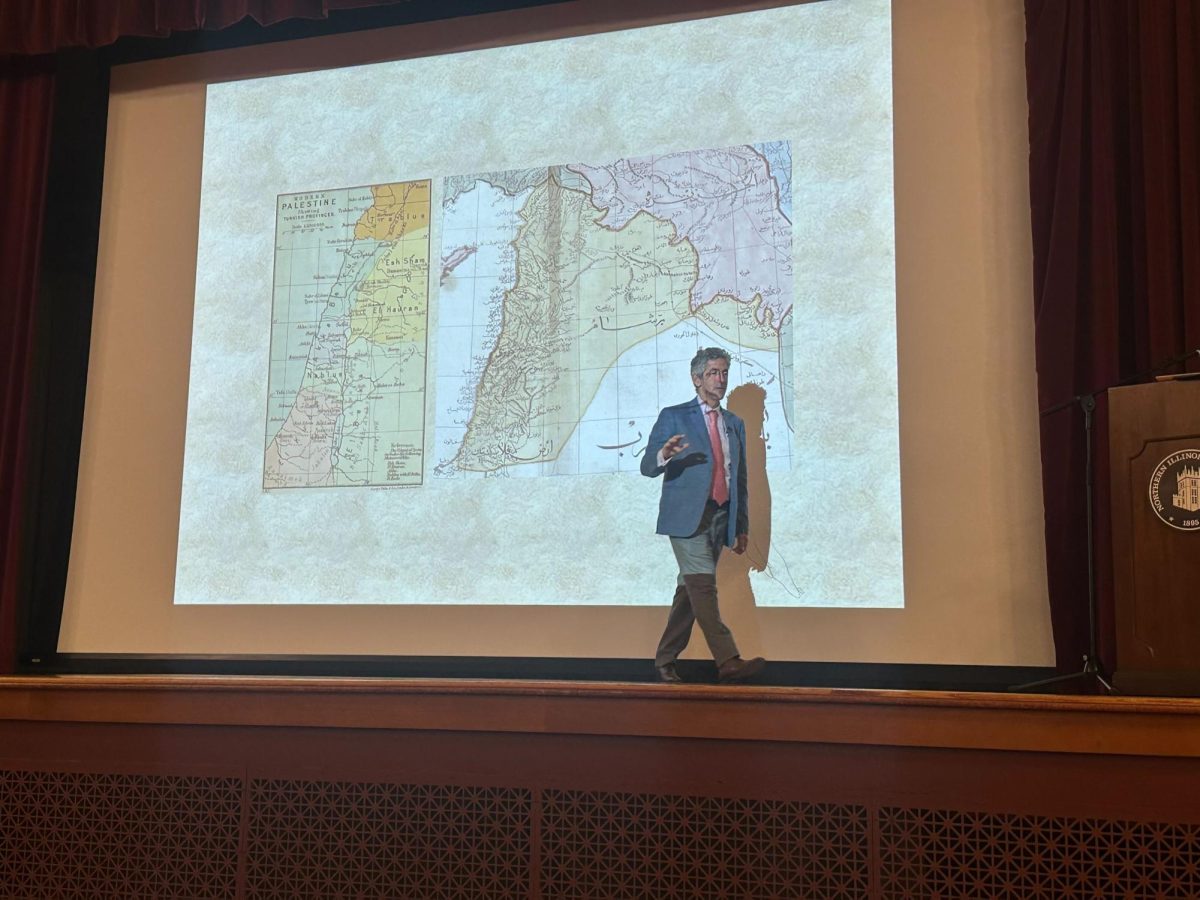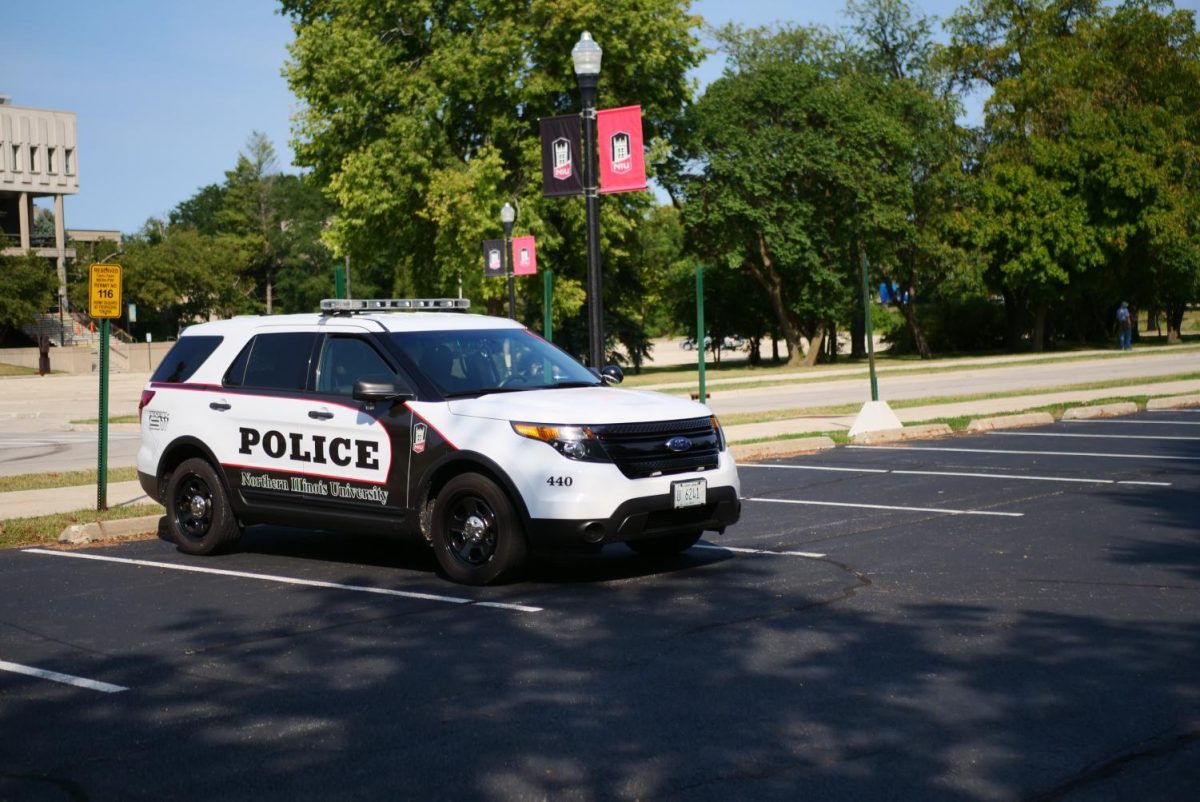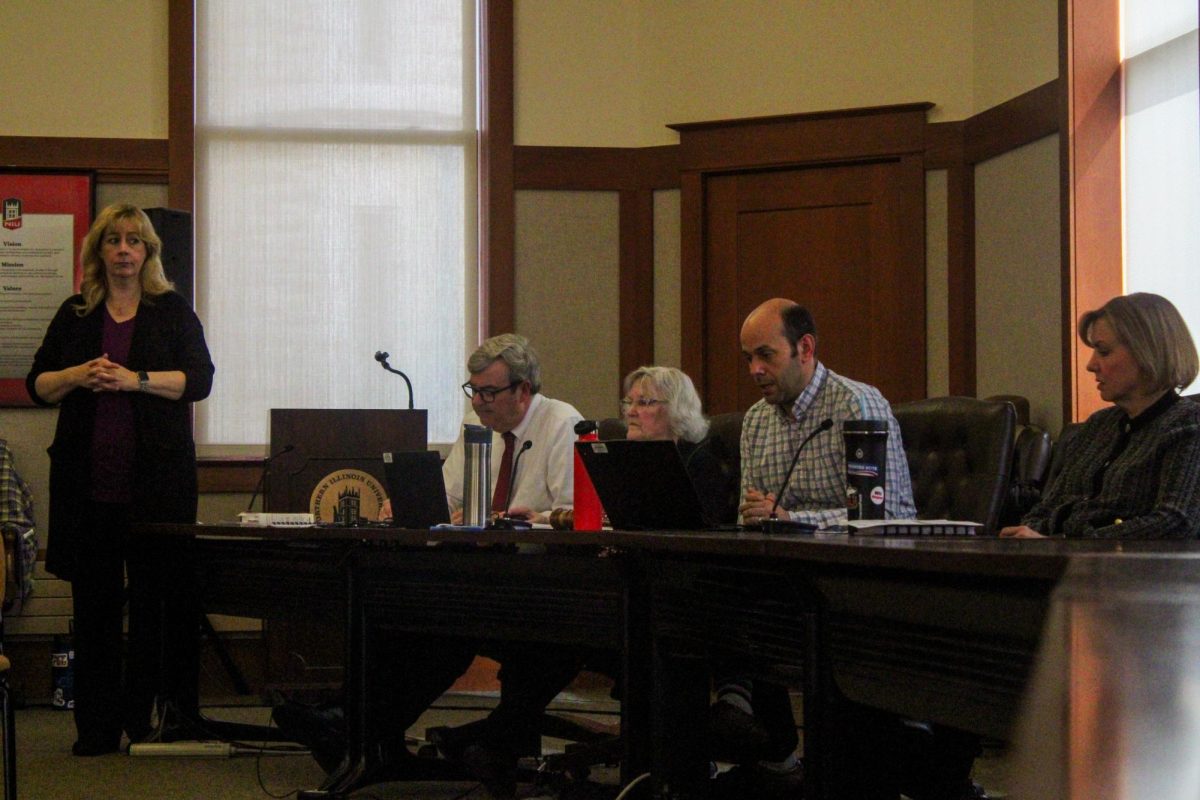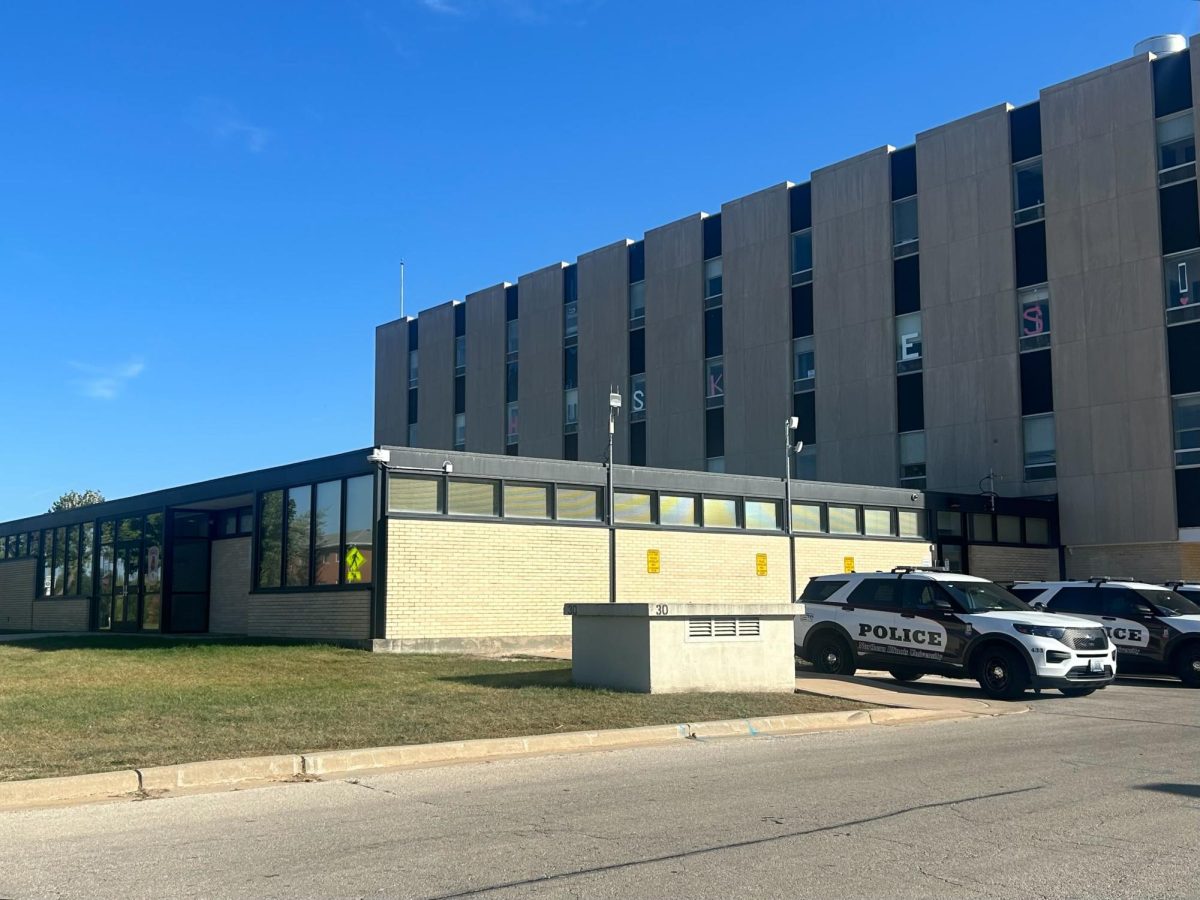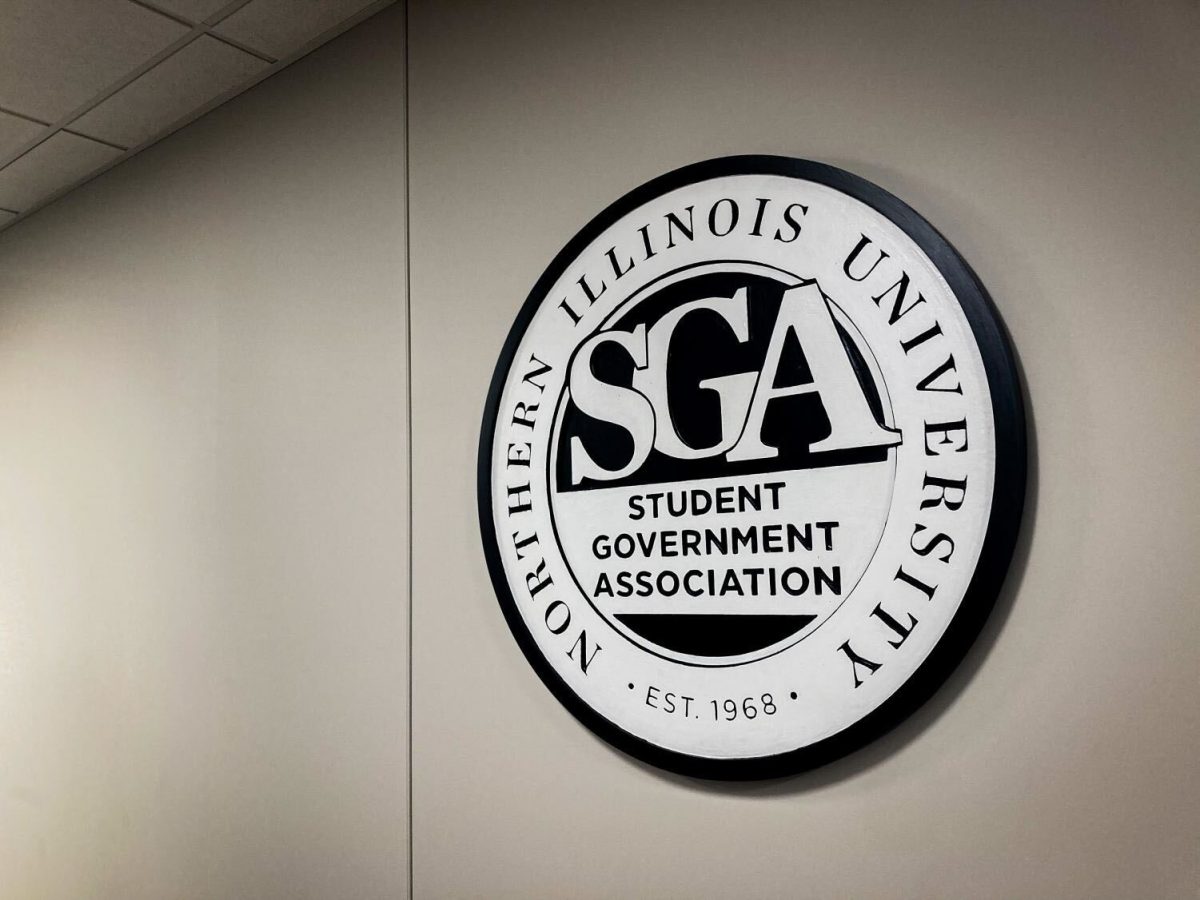A joint announcement between Gov. J.B. Pritzker and the Illinois Department of Public Health revealed 40 organizations across Illinois will receive their part of $9.5 million in state funding to support initiatives that expand mental health resources to adolescents.
The majority of the funding will go to Illinois schools. Hospitals and local health departments will receive 20% to 17.5% of the funding respectively, and 2.5% will go to colleges.
The American Rescue Plan Act and the CDC’s COVID-19 Public Health Workforce Supplemental Funding program included funding for the mental health initiative.
The supplemental funding is intended to expand and train public health workforces to support school-based health programs and COVID-19 focused initiatives, according to the CDC website.
“We recognize that the last few years have presented numerous challenges for all of us, and this is especially so for our youth,” Pritzker said. “Thanks to this infusion of federal funding, we are strengthening school-based programs and local agencies that serve the mental health needs of young people all across Illinois. I applaud the Biden Administration for recognizing the need to direct resources to these kinds of programs that support our youth.”
Grants ranged from $83,000 to $415,000 with over 27% of the total funding going to institutions in Chicago’s Cook county. Chicago Public Schools received more money than any other school system with a grant of $415,000.
Strategies to increase mental health resources for Illinois students include new curriculum in stress management and nutrition, programs on suicide prevention and awareness, hiring additional mental health support staff, telehealth services and other student support programs.
“IDPH is excited to support innovative ideas from across the state dedicated to addressing the mental health needs of children and young people,” said IDPH Director Sameer Vohra. “From Winnebago County in the north to Gallatin County in Southern Illinois, we were impressed with the thoughtful proposals we received from schools, health care providers, local health departments, and colleges to strengthen child and adolescent health.”


